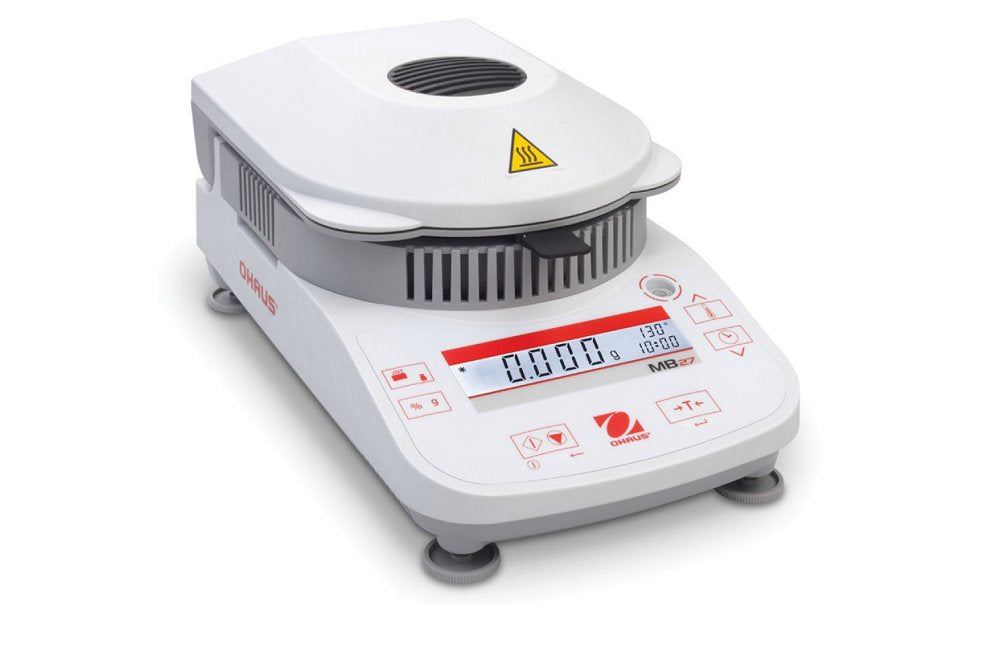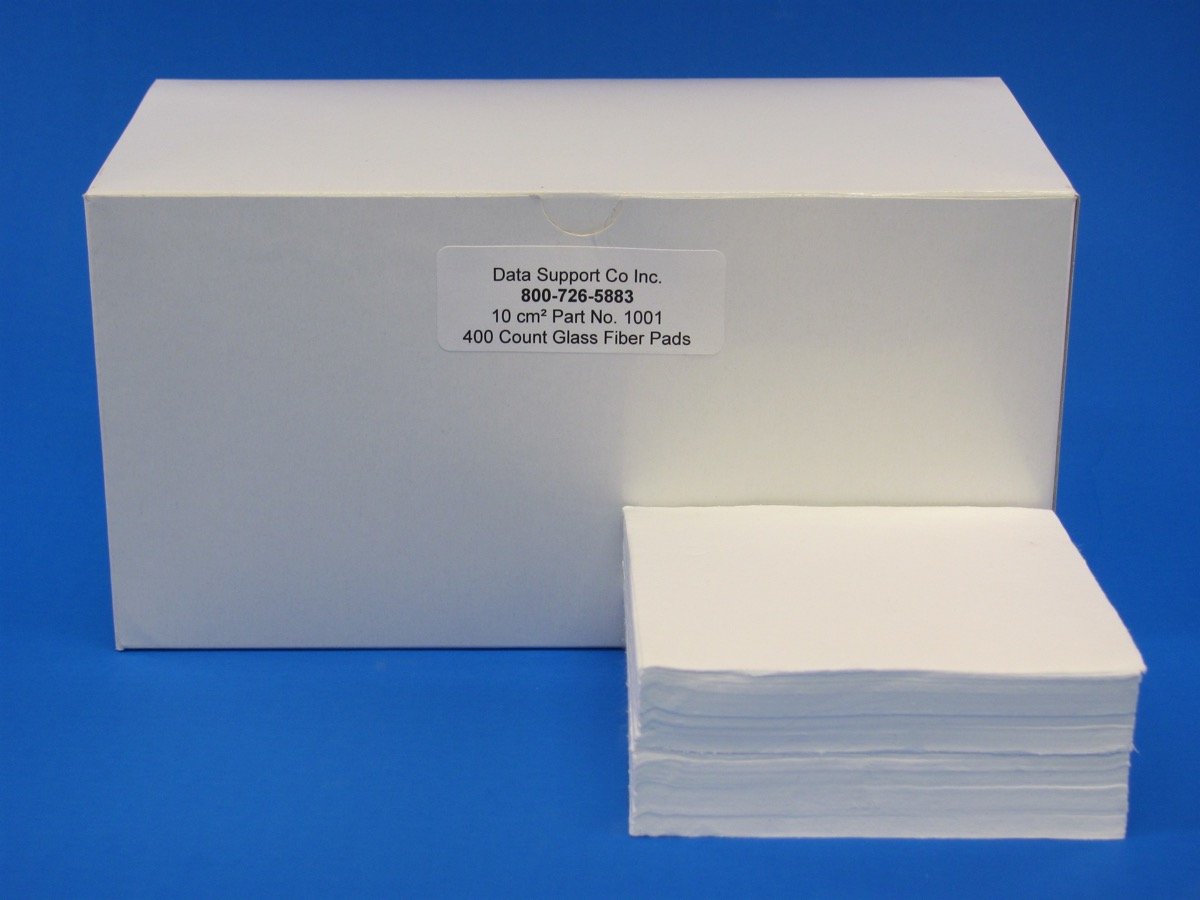Knowing how to use a balance scale correctly is vital for getting precise measurements. This guide will walk you through how to use a balance scale by setting up, calibrating, and using it accurately, ensuring reliable and consistent results.
Key Takeaways
-
Balance scales provide reliable and precise measurements across various sectors, including education, healthcare, and industry.
-
Correct setup, calibration, and environmental stability are critical for achieving accurate measurements with balance scales.
-
Regular maintenance, including inspections and calibrations, is essential to ensure long-term precision and functionality of balance scales.
Introduction to Weighing Instruments
Weighing instruments are fundamental tools in science, industry, and everyday life, enabling us to measure the weight or mass of objects with precision. Among these, the balance scale stands out for its reliability and accuracy. Balance scales and beam balances operate on the principle of equilibrium: they compare the mass of an unknown object to a set of known weights until both sides are balanced. This method ensures that the actual weight of the object is measured accurately, making these instruments indispensable for tasks that require precise measurements.
A balance scale typically features a horizontal beam supported at its center, with pans or platforms on either side. When an object is placed on one pan and known weights are added to the other, the beam will tilt until the force exerted by both sides is equal. At this point of equilibrium, the mass of the object matches the total weight of the known weights. This simple yet effective mechanism allows for highly accurate measurements, especially when all the weights and the scale are properly calibrated.
There are different types of weighing instruments, each designed for specific applications and levels of precision. Understanding how these instruments work and how to use them correctly is essential for obtaining reliable results, whether you are measuring small samples in a laboratory or larger items in an industrial setting. By mastering the use of balance scales and beam balances, you can ensure that your measurements are both accurate and consistent.
Types of Weighing Scales
Weighing scales come in several types, each tailored to different needs and environments. The most widely used types include digital scales, balance beam scales, spring scales, and triple beam balances. Each offers unique advantages in terms of accuracy, ease of use, and application.
Digital scales are modern weighing instruments that use electronic sensors to measure weight and display the result on a digital screen. These scales are popular for their convenience, quick readings, and ability to measure a wide range of objects, from small laboratory samples to larger items in kitchens or industrial settings. Digital scales are especially valued for their precision and ease of calibration.
Balance beam scales and beam balances are classic mechanical devices that use a horizontal beam and a set of known weights to determine the mass of an object. By placing the object on one side and adjusting the weights on the other, users can achieve a perfectly balanced beam, indicating that the two sides are of equal weight. This method is highly accurate and is often used in laboratories, pharmacies, and educational settings where precise measurements are essential.
Spring scales measure weight based on the tension of a spring. When an object is hung from the scale, the force of gravity stretches the spring, and the scale measures this force to determine the object’s weight. While spring scales are convenient and portable, they are generally less precise than balance scales or digital scales, making them more suitable for quick, approximate measurements.
Triple beam balances are a specialized type of balance scale featuring three beams, each with a sliding weight of different increments. This design allows for highly precise measurements, as users can fine-tune the position of each small sliding weight to achieve an exact balance. Triple beam balances are commonly found in science classrooms and laboratories, where accuracy and repeatability are crucial.
When selecting a weighing scale, consider the level of accuracy required, the type of objects to be weighed, and the environment in which the scale will be used. Whether you need the precision of a balance beam, the convenience of a digital scale, or the versatility of a triple beam balance, choosing the right instrument ensures that your measurements are both accurate and reliable.
Getting Started with Balance Scales

Balance scales have been a cornerstone in various sectors, from education to industry, due to their reliability and precision. These weighing instruments are designed to provide accurate measurements by balancing an object’s weight against known weights. Whether it’s a simple classroom model or an advanced laboratory instrument, balance scales cater to diverse measurement needs.
In educational settings, balance scales are invaluable tools for teaching fundamental principles of weight and measurement. Students can visually grasp the concept of mass and balance by using these scales, making abstract concepts more tangible. Healthcare facilities also rely on balance scales to accurately assess patient weight, which is crucial for health evaluations.
Industries, too, find balance scales essential. In manufacturing, precise weight measurements ensure that materials meet quality standards. Meanwhile, in industrial applications, these scales play a critical role in maintaining the correct weight of materials, thus ensuring smooth production processes. The versatility and accuracy of balance scales make them indispensable across various fields.
Setting Up Your Balance Scale
Setting up your Balance scale correctly is the first step toward achieving accurate measurements. Begin by placing the balance scale on a flat surface. Using a flat surface is essential for accurate readings, as any unevenness can affect the results. Stability is key; even the slightest tilt can skew your measuring.
Then, calibrate the scale with standardized weights. This step ensures the scale provides accurate readings. Refer to the manufacturer’s instructions to enter calibration mode and use the weights for adjustments. Use the adjustment knob to set the scale to zero, ensuring proper calibration before weighing. Begin with the lowest precision setting to make finer adjustments.
Maintaining environmental stability ensures accurate readings. Place the scale in a controlled environment with minimal air currents and stable temperature. Check the leveling eye to confirm the bubble is centered, ensuring the scale is level. Only when these conditions are met can you proceed with weighing objects accurately.
Placing Objects on the Balance Scale
After setting up your balance scale, place the objects to be weighed. Place the object on one pan of the balance scale, ensuring it is positioned centrally to avoid any imbalance. The pad or pan should be clean to prevent dust or residue from affecting the measurement.
Accurate placement is crucial. The object should be placed gently to avoid any impact that might cause the scale to tilt. After placing the object on the pan, balance the scale by adding known weights to the opposite side. This ensures an accurate weight measurement.
Balance the scale by adding and adjusting weights until the balance beam is level. Making small weight adjustments can help achieve a perfectly level balance beam for precise measurement. This shows that the object’s weight is counterbalanced by the weights on the other side. This equilibrium confirms the object’s weight has been accurately determined.
Using Known Weights for Comparison
Using known weights ensures the balance scale’s accuracy. Add known weights to the pan opposite the object being measured to achieve balance. This levels the beam, indicating equal gravitational force on both sides and equal force acting on the weights.
Counterweights are essential for balancing. Place counterweights on the opposite side to address any tilt. If one side is heavier, adding more weight to the other side is necessary to achieve equilibrium and ensure accurate measurement. This ensures the center scale provides an accurate measurement.
This method of using known weights for comparing is a reliable way to verify the scale’s accuracy and achieve precise measurements with a known weight.
Reading and Calculating Weight

Reading and calculating weight on a balance scale requires a systematic approach. The total weight of two objects in the second pan should equal the weight of the object in the first pan, ensuring they are of the same weight. This calculated equality indicates that the scale is balanced, and the measurement is accurate.
Calibration is vital in this process. Test the scale with known weights after calibration to verify accuracy. This step ensures that the scale provides reliable readings and maintains its precision over time.
Adjust the weights until all the weights on the beam balances. This shows equal forces on both sides, ensuring an accurate reading. Sum the values indicated by the weights to find the total weight, ensuring precision. An accurate reading is achieved when the indicator aligns precisely between two marks on the scale.
Adjusting Sliders for Precise Measurement
Adjusting sliders is crucial for precise measurements. Stand on the platform and adjust the sliders until the beam levels. This ensures the scale provides an accurate reading.
The length of the balance beam plays a crucial role in determining the measurement range and accuracy of the scale.
The arrow or pointer at the beam’s end helps achieve precision at this middle pivot point. Slide the weights along the beam until it is horizontal and balanced to hang. This shows equal weight on both pans, ensuring an accurate measurement.
Sum the values indicated by the sliding weights once the beam is balanced. This total gives the precise weight of the object. Slowly adding weights ensures accurate balance and reliable measurements.
Ensuring Accurate Measurements
Regular calibration and attention to detail ensure accurate measurements. To maintain the balance scale's precision, especially in fields where accuracy is vital, consider the following:
-
Perform regular calibration to maintain precision.
-
Be aware that environmental factors such as drafts, vibrations, and temperature fluctuations can affect measurements.
-
Use the scale in a controlled environment to minimize these influences.
Properly placing weights avoids erroneous readings and potential scale damage, especially when dealing with an unknown mass. Maintaining a clean balance scale is crucial for accuracy. Dust and debris on the weighing surface can affect results, especially when considering the effects of gravity.
Regularly check for mechanical issues, like friction in the beam’s pivot, that can hinder precision. Taking these steps ensures your balance scale remains reliable for accurate measurements.
Common Issues and Troubleshooting
Common balance scale issues can typically affect accuracy and difference reliability for a person. Routine inspections identify wear or damage, ensuring functionality and capable support verification accuracy through research and several types of checks.
Regular maintenance and timely repairs prevent inaccuracies and extend the scale’s lifespan. Addressing these issues ensures your balance scale continues to provide precise measurements, supporting your work’s accuracy and reliability.
Applications of Balance Scales

Various fields use balance scales due to their accuracy and reliability. In industrial settings, they weigh raw and finished materials to ensure quality and compliance. Logistics industries use beam balance scales to verify goods’ weights, ensuring compliance with shipping regulations.
In agriculture, balance scales weigh livestock and crops, aiding in maintaining healthy profit margins. For example, the construction industry uses scales to measure materials and equipment, facilitating project management measures.
The versatility of balance scales makes them suitable for laboratories, medical facilities, and educational institutions, where precise measurements are crucial.
Summary
Accurate measurements are critical across various fields, and balance scales play a pivotal role in achieving this precision. By properly setting up, calibrating, and using a balance scale, you ensure reliable and accurate measurements. Regular maintenance and troubleshooting common issues further enhance the scale’s reliability.
Mastering the use of balance scales empowers you to achieve precise measurements consistently. Whether in education, industry, or healthcare, the principles shared in this guide help you harness the full potential of balance scales. Implement these practices and ensure your measurements are always on point.
Frequently Asked Questions
What is the importance of calibration in using a balance scale?
Calibration of a balance scale is essential for ensuring the precision of measurements, which is crucial in applications where accuracy is critical. Without proper calibration, the reliability of the results may be compromised.
How should I place objects on the balance scale?
To ensure accurate measurement, place the object to be weighed on one pan of the balance scale, maintaining cleanliness to prevent errors.
How do I use known weights for comparison?
To use known weights for comparison, place objects with known weights on a balance scale to achieve equilibrium, using counterweights as necessary to adjust any tilt. This method ensures accurate measurement and comparison of other objects' weights.
What are common issues with balance scales?
Common issues with balance scales include wear or damage, environmental factors that can affect accuracy, and the necessity for regular maintenance to ensure precise measurements.
Where are balance scales commonly used?
Balance scales are commonly used in industrial, medical, laboratory, educational, logistics, manufacturing, agricultural, and construction sectors. Their versatility makes them essential tools in many fields.





